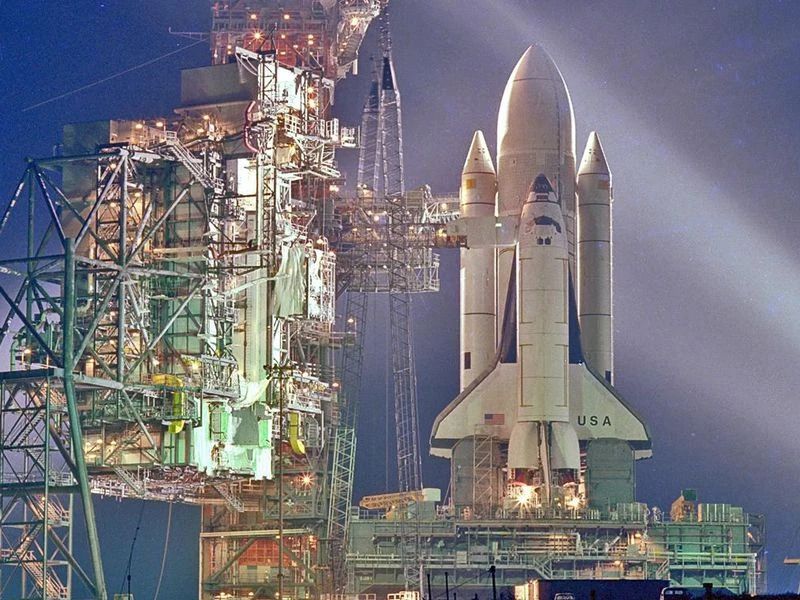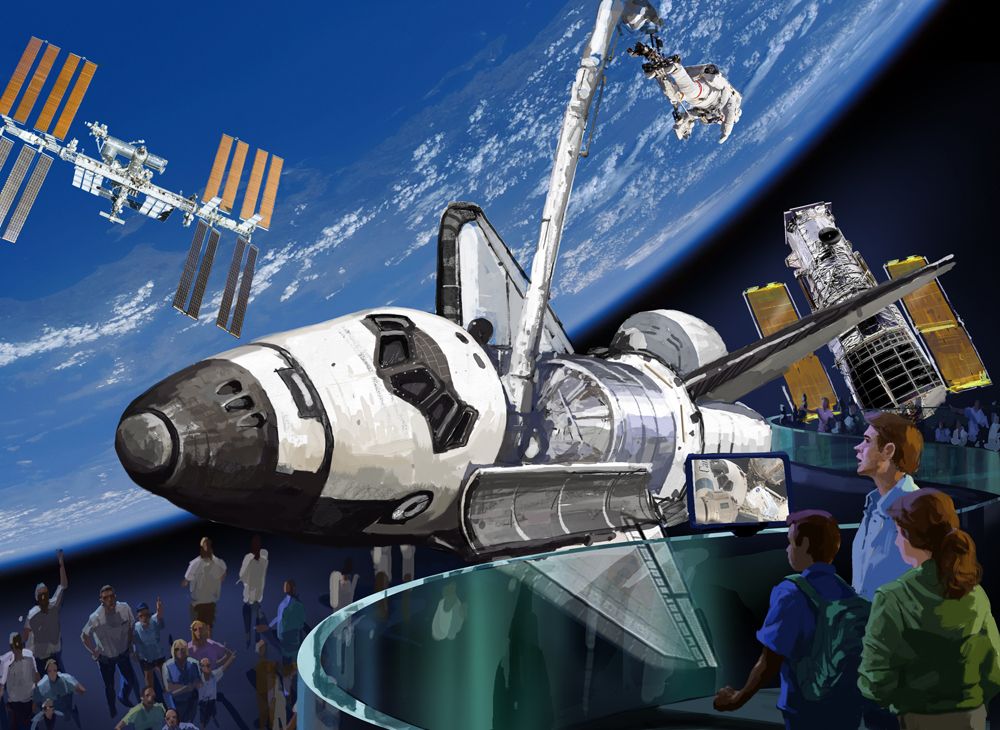
"We found out that there is a different component to the mechanism that creates the aurora, involving microwaves, that was not understood before. "We claimed that we could do more science per dollar per pound than anybody else in the space program." "So this experiment cost NASA $36, and it's the cheapest experiment that has ever gone into space," Lind said with a laugh. All that he needed was a camera that was already aboard the shuttle and three rolls of film. In addition to conducting the research NASA had planned, Lind also proposed and carried out his own experiment, taking the first clear photographs of the aurora borealis ("Northern Lights") from space. (Image credit: NASA)Īs for himself, he had no difficulty adjusting to life in microgravity. Related: Space shuttle: The first reusable spacecraftĭon Lind (at left) with his six space shuttle Challenger STS-51B crewmates Bob Overmyer, Taylor Wang, Norm Thagard, Bill Thornton, Fred Gregory and Lodewijk van den Berg. "After about the second day, they finally found out if they'd let go of the screen, they wouldn't fall, and they probably enjoyed the rest of the mission," he said. But they hadn't learned that this was going to last a while, and when we got, they were hanging onto the edge of the cage and looking very apprehensive." They had also been on vibration tables and acoustical chambers and that sort of thing. "The laboratory rats were not quite as savvy as the monkeys. The squirrel monkeys adapted very quickly," Lind told the NASA interviewer. "We had two cute little squirrel monkeys and 24 less-than-cute laboratory rats.

#NASA SPACE SHUTTLE SALE FULL#
The mission also marked the second flight of the European-built Spacelab laboratory module and the first to carry a full complement of science experiments - including the first animal test subjects. Given that two of Lind's six crewmates were also Apollo-era astronauts, the average age of the crew was 48.6 - the oldest for an American space mission. On April 29, 1985, Lind lifted off as an STS-51B mission specialist on the space shuttle Challenger. "There were long delays, and so, yes, it was 19 years before I got to fly." I hope nobody ever has to do that," said Lind. No one has waited for a spaceflight longer than I have. Lind's chance to be on the other side of the line came more than a decade after the last astronaut stepped off the moon. "I could simply step forward, pick up the microphone and talk them through the procedures that I had tested," he said. As a capcom (capsule communicator), Lind was just a radio call away if something went wrong. That knowledge landed him a seat in Mission Control during the first two moon landing missions, Apollo 11 and Apollo 12. "I don't say this boasting, but I knew more about what Neil and Buzz were supposed to do on the first mission and Pete and Al were supposed to do on the second mission than they did," said Lind. He tested the spacesuits, tools and science packages that the Apollo moonwalkers would use and deploy.


Instead of going to the moon himself, Lind worked on planning the lunar surface operations for the astronauts who did. Don Lind, wearing a training version of the Apollo spacesuit, tests the Early Apollo Scientific Experiments Package, or EASEP, on a simulated lunar surface in January 1969.


 0 kommentar(er)
0 kommentar(er)
